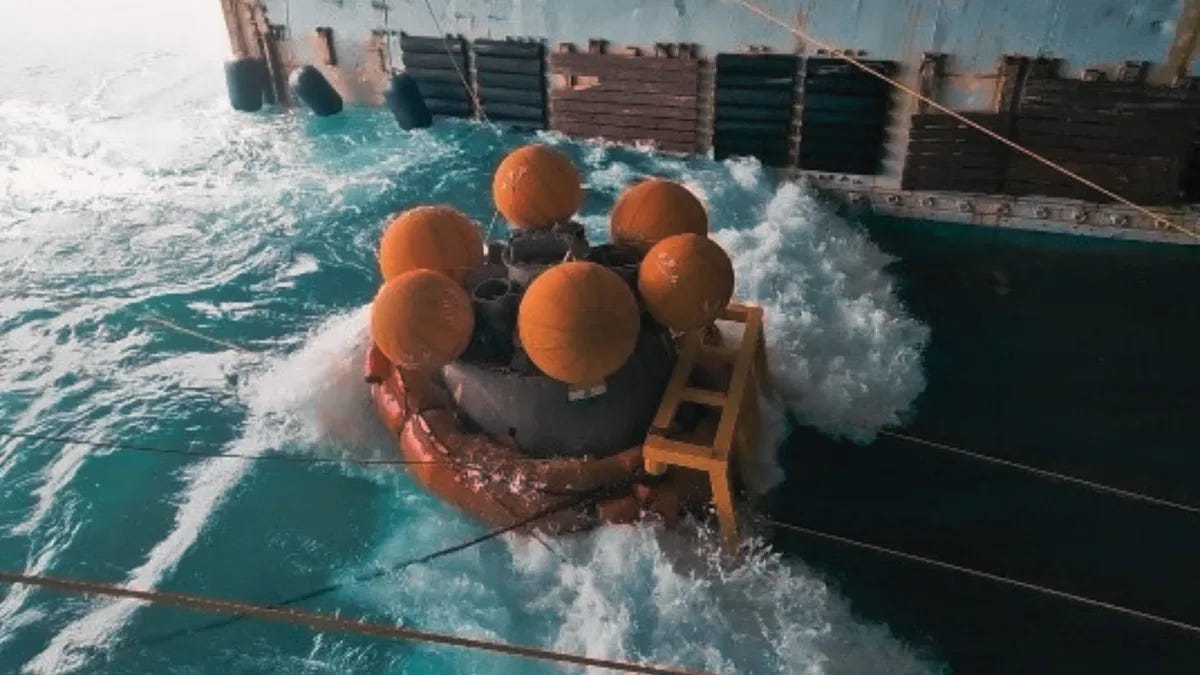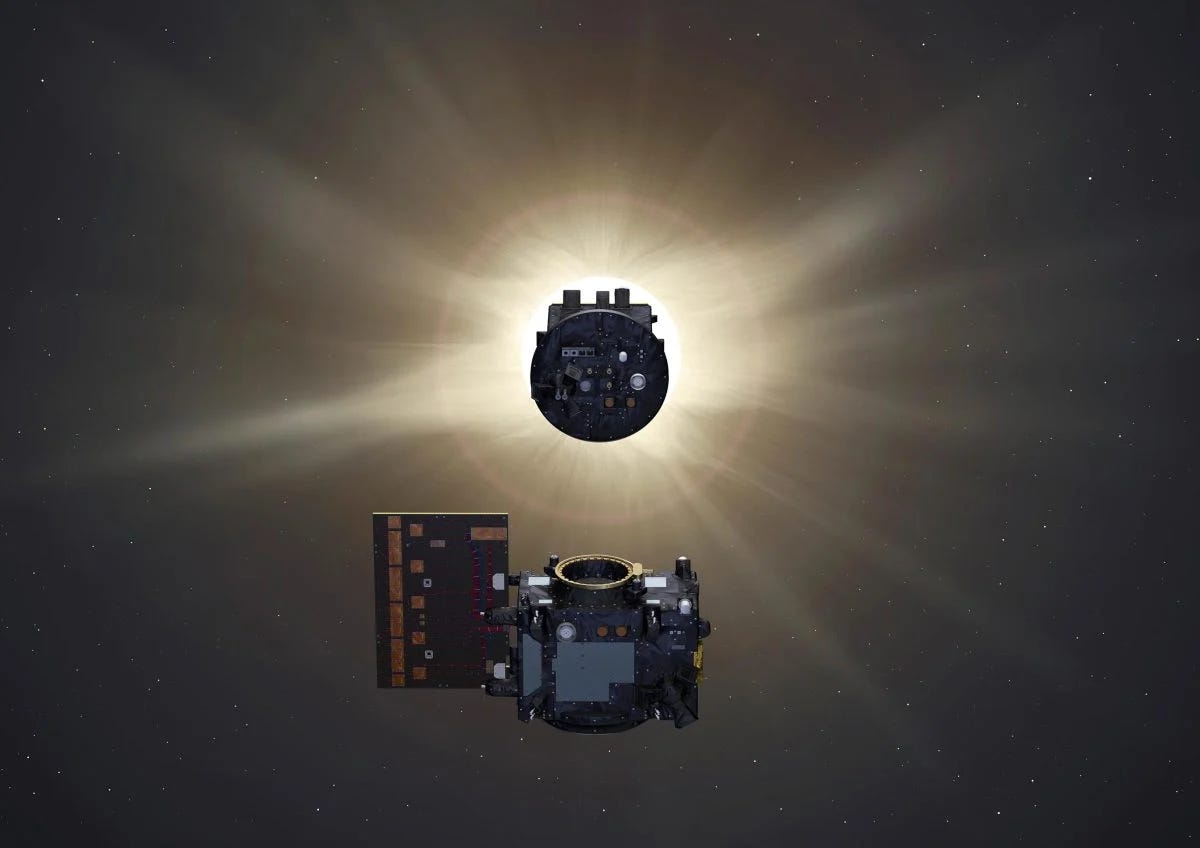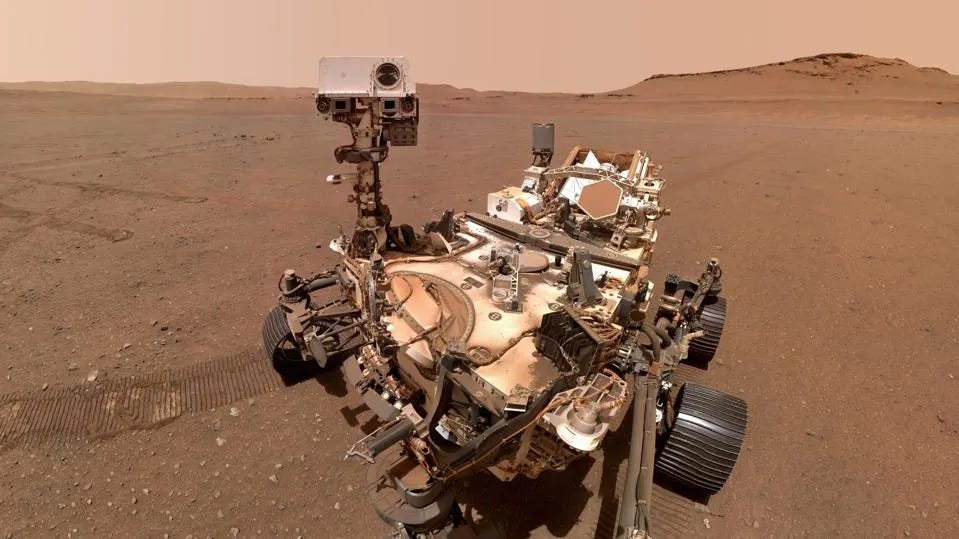Weekly - ESA’s Proba-3 spacecraft in orbit. Will mimic solar eclipse and more
🟡 Weekly Space News - Quick and Easy.
Our Engagement Palette!
We’re excited to share a new colour-coded system for SpaceBlaze:
🟤 Brown: For posts that are mundane and bland.
🟡 Yellow: For fairly interesting posts.
🟢 Green: For our most engaging posts.
This Palette will help you decide which post is worth your time!
*Applicable only for Weekly Space News
This week’s post ranks yellow 🟡 on the Engagement Palette.
ISRO completes 2 more crucial tests for Gaganyaan mission
In the past week, ISRO has successfully conducted 2 major tests for its future Gaganyaan manned mission. The first test aimed to test the recovery of the crew module after splashdown in the sea. The Indian Navy practised retrieving the crew module into the ship's well deck, a water-connected chamber that can be opened or closed on command. The second was an engine test of the CE20 cryogenic engine which stores fuel and oxidiser at very low temperatures. ISRO tested the engine’s ability to reignite in the vacuum of space.
ESA’s Proba-3 spacecraft in orbit. Will mimic solar eclipse
ISRO recently launched ESA’s Proba-3 mission. The mission has two spacecraft that orbit Earth, close to each other with extreme precision, functioning as a single observatory. One spacecraft is designed to block most of the Sun’s rays from reaching the second, creating an artificial solar eclipse for the second spacecraft. This setup allows scientists to study the Sun's corona ( the outermost layer ) for longer periods, as until now it could only be visible during natural eclipses.
Perseverance rover reaches the top of Jezero crater
in 2018, NASA’s Perseverance rover landed in the Jezero crater on Mars. The crater was chosen because it was an ancient lake bed and could possible contain evidence of past or present life on Mars. After almost 6 years of exploring the crater, it finally began its climb up the crater in September this year. After 3 months of climbing and gathering data, it has finally reached the rim of the crater. It will now continue to explore the crater’s surroundings.




